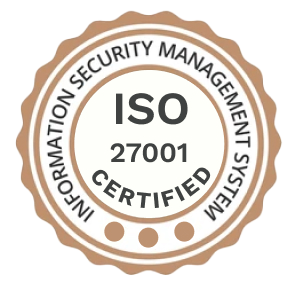About Application
An educational electronic health record (EHR), Pegasus for Nursing introduces students to digital charting.

They are equipped to correctly document care in the contemporary clinical setting thanks to this technology and the Pegasus for the Medical Office.
This is achieved by giving students a controlled, yet realistic, means of mastering computerized charting, exhibiting clinical judgement in patient care, and thriving in healthcare settings.
Technologies We Have Used
Objectives
The reason of team to develop an educational electronic health record (EHR) name Pegasus is to provide a platform for healthcare education and training while utilizing the benefits of electronic health records. It aims to enhance the learning experience of healthcare professionals, students, and researchers by offering a simulated or real-world environment to interact with patient data and practice clinical decision-making.
A few of the objectives that the Project Perspectives team figured to achieve were:
Challenges
While an educational electronic health record (EHR) offers numerous benefits, there are also several challenges that need to be addressed. Some common challenges of implementing and utilizing an educational EHR include
Technical Infrastructure
Setting up and maintaining the technical infrastructure required for an educational EHR is complex and resource-intensive. It involves acquiring and maintaining hardware, software, databases, and networking capabilities that can support the EHR system and handle the data volume generated by learners.
Cost
Implementation of Pegasus was involve significant costs, including software licensing, hardware acquisition, system maintenance, data storage, and ongoing technical support. Educational institutions or healthcare organizations may need to allocate adequate financial resources to ensure the successful implementation and sustainability of the EHR.
Training & Support
Team designed the program for Proper training and support for faculty, staff, and learners are crucial for the effective use of an educational EHR. Faculty members need training on how to incorporate the EHR into the curriculum, create relevant learning activities, and guide learners in using the system. Learners also require comprehensive training to navigate the EHR interface and understand its functionalities.
Data Integration & Standardization
Integrating pegasus with other systems was complex, integrations such as electronic medical records or laboratory systems, was challenging. Data standardization, interoperability, and ensuring accurate and timely data exchange between systems were important but complex task. Lack of standardization was lead to data inconsistencies and hinder the seamless integration of patient information into the educational EHR.
Privacy & Security
Pegasus involved handling and accessing sensitive patient data, which must be protected to ensure patient privacy and comply with legal and ethical requirements. Implementing robust security measures, such as encryption, access controls, and user authentication, is crucial to safeguarding patient information and preventing unauthorized access or data breaches.
Solution
Below are some potential solutions team took care while developing and utilizing Pegasus as an educational EHR:
The Techbit team spent a good time implementing an EHR because it requires careful consideration and planning. Team Techbit designed a systematic approach to achieve the goal to develop the application for the best results
Business Benefits
Pegasus combined with electronic health records (EHR) was built with intended to offer several benefits to healthcare providers, student nurses, and patients.
Firstly, Pegasus enhances patient safety by providing nurses with instant access to accurate and up-to-date patient information, allowing them to make informed decisions and reduce the risk of medication errors.
Additionally, EHR systems streamline the documentation process, saving time and minimizing errors associated with manual charting. Through improved care coordination, nurses can easily communicate and collaborate with other healthcare professionals, ensuring seamless and efficient patient care.
Furthermore, nursing education on EHR equips nurses with the skills to access evidence-based guidelines and best practices, promoting high-quality care and improved patient outcomes. EHRs also enable data-driven decision-making by collecting and analyzing patient data, empowering nurses to assess outcomes and contribute to quality improvement initiatives.
Pegasus also streamlines workflow processes, reduces paperwork, and increases overall productivity. Lastly, nursing education on EHRs opens up opportunities for research and population health management, allowing nurses to contribute to studies, analyze data, and inform public health strategies.
Moreover, the integration of EHR systems in nursing education enhances patient engagement by providing portals for patients to access their health information and actively participate in their care.
In all, nursing education combined with EHR systems offers an array of benefits, including improved patient safety, efficient documentation, enhanced care coordination, evidence-based practice, data-driven decision-making, patient engagement, streamlined workflow, and research opportunities.










